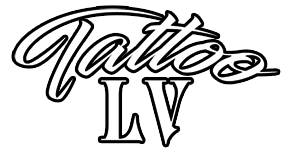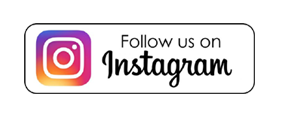The Evolving Tattoo Industry: Trends, Challenges, and Opportunities
Tattoos have been a part of human history for thousands of years. However, the tattoo industry has come a long way from its early days of underground culture and stigma. Today, tattoos are widely accepted and celebrated as a form of self-expression, and the industry has become a multi-billion dollar business. In this article, we’ll explore the evolution of the tattoo industry, the current trends and challenges it faces, and the opportunities for growth and innovation.
The Evolution of the Tattoo Industry In the past, tattoos were often associated with criminality, rebellion, and deviance. They were mainly done in underground settings and were not socially accepted. However, as time passed, tattoos began to gain popularity among musicians, artists, and other cultural icons, leading to increased exposure and acceptance.
The tattoo industry experienced a significant shift in the 1990s with the rise of tattoo reality TV shows, such as Miami Ink and LA Ink. These shows provided a glimpse into the world of tattoo artists and the people who sought their services. They helped to destigmatize tattoos and brought the art form into the mainstream.
Today, tattoos are seen as a form of self-expression and have become more widely accepted in society. They are no longer limited to a specific subculture or group of people, and the industry has grown to encompass a diverse range of styles, artists, and techniques.
Current Trends in the Tattoo Industry One of the most significant trends in the tattoo industry is the growing popularity of minimalist tattoos. These tattoos are simple, small, and often black and white, making them a popular choice for those who want to express themselves subtly. Another trend is the use of watercolor and abstract designs, which provide a more unique and artistic look to tattoos.
Another trend is the increasing use of technology in the tattoo industry. From 3D printing to digital design tools, technology is allowing tattoo artists to create more intricate and complex designs. Tattoo artists are also using social media to showcase their work and connect with potential clients.
Challenges in the Tattoo Industry Despite the growing acceptance of tattoos, the industry still faces some challenges. One of the biggest challenges is the lack of regulation in some areas. In many states, anyone can open a tattoo shop without any formal training or certification. This lack of regulation can lead to unsafe and unhygienic tattooing practices, which can put people at risk of infections and other health issues.
Another challenge is the issue of copyright infringement. As tattoos become more mainstream, there have been cases of companies using tattoos in their advertising without the artist’s permission. This has led to legal battles over ownership and compensation for the use of tattoo designs.
Opportunities for Growth and Innovation Despite these challenges, the tattoo industry presents many opportunities for growth and innovation. One area of growth is in the use of new materials and techniques. For example, some artists are using biodegradable ink, which can be a more sustainable option for those concerned about the environment.
Another area of growth is in the use of tattoos for medical purposes. Some researchers are exploring the use of tattoos to deliver medication or monitor a person’s health. For example, a tattoo could be used to monitor glucose levels in people with diabetes.
Conclusion The tattoo industry has come a long way from its early days of underground culture and stigma. Today, tattoos are widely accepted as a form of self-expression, and the industry has become a multi-billion dollar business. As the industry continues to evolve, it will face challenges and opportunities for growth and innovation. With the right approach, the tattoo industry has the potential to continue to thrive and provide people with a powerful way to express themselves.


